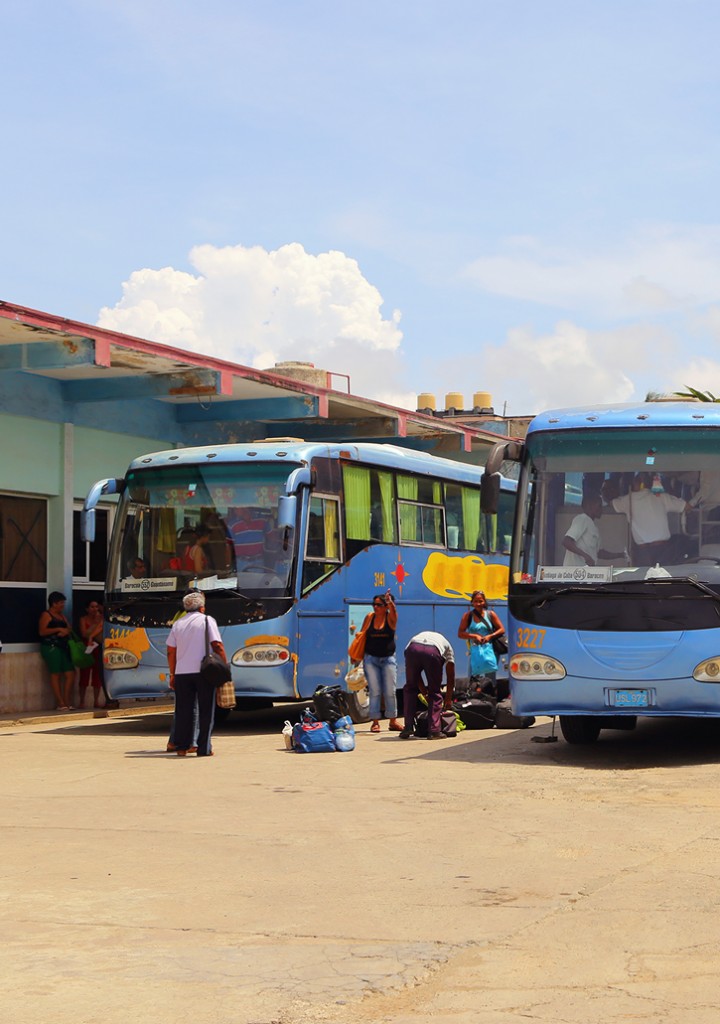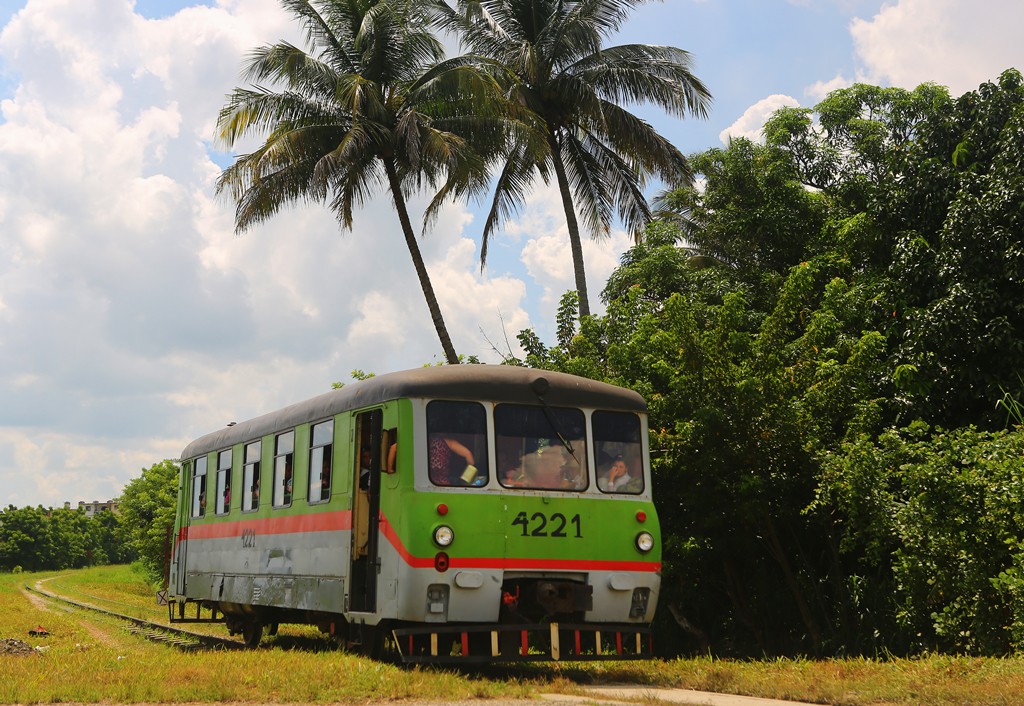Getting around Cuba can be a challenge, so be prepared. Expect to book well in advance and plan for inconveniences such as schedules changes, nonrefundable tickets, baggage fees, delays, and cancellations.
Most major Cuban cities have an airport. Cuba’s state-owned airlines have a monopoly. Their safety records do not inspire confidence, although many old Soviet planes have been replaced by modern aircraft. Flights are often booked up weeks in advance, especially in peak season. Tickets are normally nonrefundable. If you reserve before arriving in Cuba, you’ll be given a voucher to exchange for a ticket upon arrival in Cuba. Arrive on time for check-in; otherwise your seat will be given away. Delays, cancellations, and schedule changes are common. You can book at hotel tour desks.
Cubana (Calle 23, e/ 0 y P, Havana, tel. 07/834-4446) serves most airports. Fares are 25 percent cheaper if booked in conjunction with an international Cubana flight. Aerocaribbean (Calle 23 #64, Vedado, tel. 07/879-7524) and Aerogaviota (Av. 47 #2814, e/ 28 y 34, Rpto. Kohly, Havana, tel. 07/203-0668) also operate flights.
Since they’re all state-owned, don’t be surprised to find yourself flying Aerogaviota even if you booked with Cubana.

Cubans and foreigners each get their own bus system. Photo © Christopher P. Baker.
Víazul (Av. 26, esq. Zoológico, Nuevo Vedado, Havana, tel. 07/881-1413, daily 7am-9pm) operates bus services for foreigners to key places on the tourist circuit using modern air-conditioned buses. Children travel at half price. Bookings can only be made via the website (six days in advance) or at a Víazul ticket office. A 10 percent fee applies for cancellations made more than 24 hours before departure; a 25 percent fee applies if you cancel within 24 hours. A 20-kilo baggage limit applies. Excess baggage is charged 1 percent of your ticket cost per kilo.
Transtur (tel. 07/838-3991) operates tourist bus excursions within Havana and Varadero by open-top double-decker bus, and in Matanzas, Viñales, Playa Girón, Trinidad, Cayo Coco, Holguín, Guardalavaca, and Baracoa by minibus.
Since 2005 Cuba has imported more than 5,000 modern Chinese-made Yutong buses to replace its aging, decrepit fleet of hand-me-downs (alas, Cuba failed to include their maintenance into the contract). There are two classes of buses for long-distance travel: Especiales are faster (and often more comfortable) than crowded and slow regulares, which in many areas are still old and rickety with butt-numbing seats.
Most towns have two bus stations for out-of-town service: a Terminal de Ómnibus Intermunicipales (for local and municipal service) and a Terminal de Ómnibus Interprovinciales (for service between provinces). Often they’re far apart.
Caution: Pickpockets plague the buses and often work in pairs; foreigners are their first targets.×The nightmarishly dysfunctional Ünion de Ferrocarriles de Cuba operates rail service. One main line spans the country connecting major cities, with secondary cities linked by branch lines. Commuter trains called ferro-ómnibus provide suburban rail service in and between many provincial towns.

Ferro-Ómnibus provides suburban rail service in and between many provincial towns.. Photo © Christopher P. Baker.
Published schedules change frequently: Check departure and arrival times and plan accordingly, as many trains arrive (and depart) in the wee hours of the morning. The carriages haven’t been cleaned in years (windows are usually so dirty you can barely see out), and most are derelict in all manner of ways. Few trains run on time, departures are frequently cancelled, and safety is an issue. At last visit, an upgrade of tracks, signals, and communications was underway, and a fleet of brand-new Chinese locomotives is operating.
Bicycles are allowed in the baggage compartment (coche de equipaje). You usually pay (in pesos) at the end of the journey.
U.K.-based train enthusiast Mark Smith maintains “The Man in Seat 61” website with the latest info on Cuba train travel.
Excerpted from the Sixth Edition of Moon Cuba.